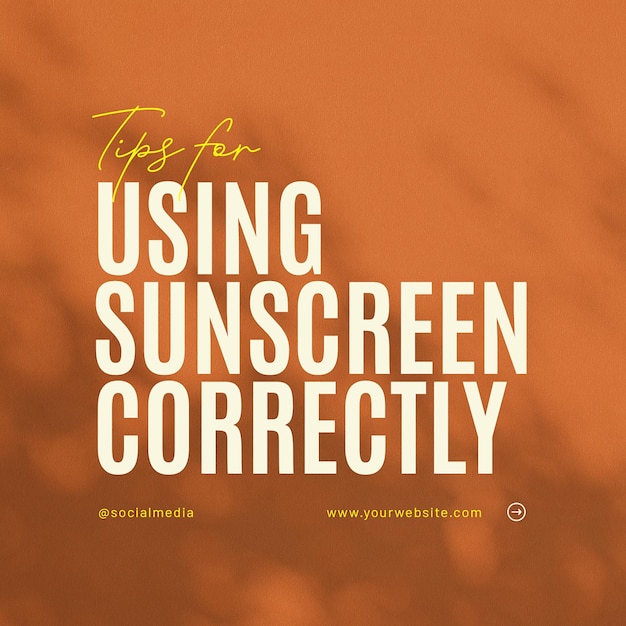As summer approaches and outdoor activities beckon, the importance of an effective sunscreen cannot be overstated. The sun’s ultraviolet (UV) rays can cause significant skin damage, leading to premature aging and an increased risk of skin cancers. Yet, the market is flooded with various products, making it imperative for consumers to discern the most effective options available.
To begin with, one must understand the two primary types of UV radiation: UVA and UVB. UVA rays penetrate the skin more profoundly, contributing to skin aging and the formation of wrinkles. In contrast, UVB rays are primarily responsible for sunburn. Therefore, a broad-spectrum sunscreen is essential, offering protection against both types of harmful rays. Look for products labeled “broad-spectrum” to ensure comprehensive coverage.
Next, consider the Sun Protection Factor (SPF) which indicates the level of protection against UVB rays. An SPF of 30 is generally recommended as it blocks about 97% of UVB rays. However, higher SPF values, such as 50, can block slightly more, though often the increase is marginal. It’s crucial to remember that even the highest SPF will require reapplication every two hours, or immediately after swimming or sweating.
Additionally, the formulation of sunscreen can greatly influence its efficacy and user compliance. Sunscreens are typically categorized into chemical and physical (or mineral) types. Chemical sunscreens absorb UV radiation and convert it into heat, while physical sunscreens contain active mineral ingredients like zinc oxide or titanium dioxide that physically block and scatter UV rays. Many users prefer physical sunscreen for its instant protection and suitability for sensitive skin types.
Furthermore, the application method plays a significant role in achieving optimal protection. A common mistake is insufficient application; adults should use about one ounce—roughly a shot glass full—to cover the entire body. It’s advisable to apply sunscreen 15 to 30 minutes before sun exposure to allow it to effectively bind to the skin.
Lastly, be cognizant of the expiration dates on sunscreen products. An expired sunscreen may not provide the promised level of protection, putting the user at risk. Proper storage is also vital; sunscreens should be kept in a cool, dry place, as excessive heat can degrade the active ingredients.
In summary, utilizing an effective sunscreen is an indispensable component of a proactive skincare regime. By selecting the right product, employing proper application techniques, and adhering to storage guidelines, individuals can substantially mitigate the adverse effects of sun exposure, thereby preserving skin health and beauty over the years. As the sun shines brightly, let informed choices lead the way to radiant, protected skin.
